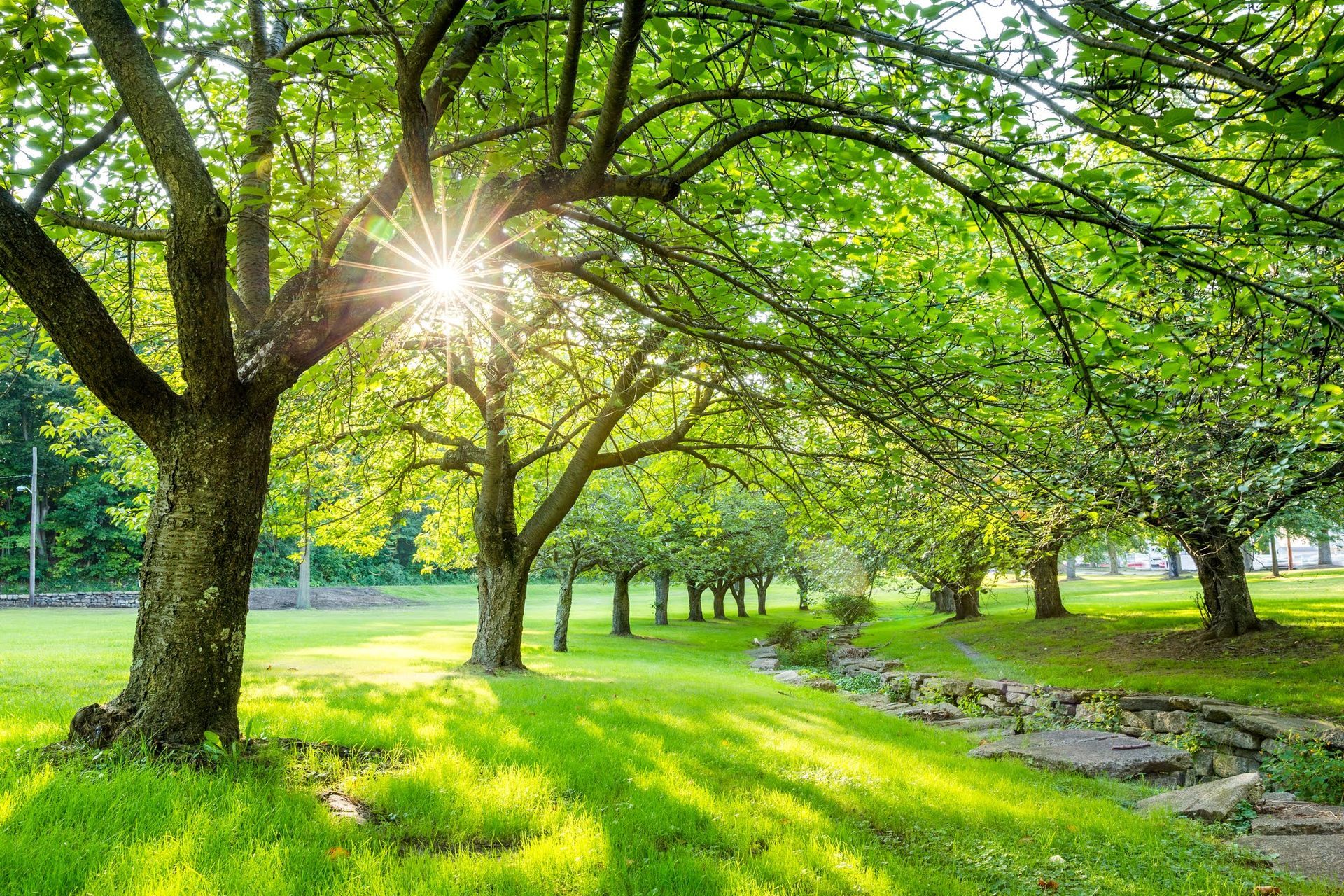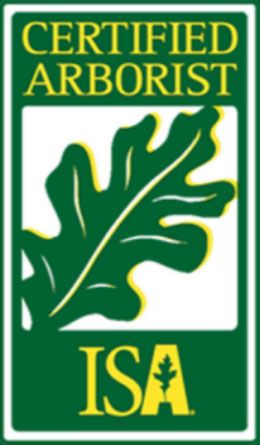What You Need to Know About Tree Disease

Trees are the backbone of our environment. They protect us from pollution, provide shade, and are home to a plethora of wildlife. Unfortunately, trees can become diseased and need proper care, like any other living thing. Knowing the signs of common tree diseases and how to treat them can save your property's precious foliage. In this blog, we will explore some ways your trees can get sick and how to spot the signs before it's too late.
Environmental Stress
Many trees suffer from stress due to weather conditions and natural disasters. Too much rain or not enough can lead to root rot, while drought can cause trees to become dehydrated. This vulnerability opens the door for insects and other pests to spread diseases. Look for wilting leaves, discoloration, and dead branches.
Soil Compaction
Soil compaction occurs when the soil around the tree becomes overly dense, making it difficult for water, air, and nutrients to penetrate the soil. This can impede the tree's root development, leading to stunted or discolored growth and foliage. Typically, soil compaction occurs due to foot traffic or excessive use of machinery around the tree.
Improper Pruning
It's crucial to prune trees properly to ensure their growth, structure, and health. Improper pruning can cause physical damage to trees and leave them more vulnerable to pests or diseases. Over-pruning can also promote excessive growth, leading to weak branches more susceptible to breaking during extreme weather conditions.
Fungal Infections
Fungi is one of the most notorious tree diseases. These cunning organisms often exploit any cuts in the bark or open wounds to infiltrate and infect their hapless victims.
One such infection is Powdery Mildew, characterized by a white, powdery coating on leaves, which, if left untreated, can lead to leaf drop and stunted growth. Another prevalent fungal disease is Anthracnose, often occurring in cool, wet spring weather. It's known for causing dark, sunken lesions on leaves, stems, flowers, and fruits of various tree species. Armillaria Root Rot is a prominent fungal infection affecting trees.
This fungus attacks the roots, leading to a decline in the tree's health, evidenced by reduced foliage and discolored leaves. While the use of fungicides can aid in managing the spread of fungus, it is important to note these treatments do not possess the ability to cure the infected tree completely.
Pests
Pests can cause damage to trees and spread diseases when they feed on the tree's bark, mostly during the growing season. Common types of pests that damage trees include beetles, mites, whiteflies, and caterpillars, which can defoliate a tree in a day. Several sprays exist to remove infestations. Neglecting this disease can lead to severe damage and possible infestations in the future.
Nutrient Deficiency
Another critical aspect that affects the tree's health is its soil condition and nutrient availability. An essential sign a tree may need fertilization is stunted growth, symmetric patterns of yellowing leaves, and a handful of missing leaves. Healthy soil and adequate care can provide enough minerals to maintain the tree's health, while pathogens in soil water can also increase the risk of disease.
Watering Issues
Overwatering, negative soil, and poor drainage can lead to root rot. Poorly drained soil can lead to root death when soil remains water-logged for long periods. Roots need oxygen to survive, and standing water under a tree's root system can deny roots the needed gas, leading to suffocation, death, and fungal diseases. Additionally, watering during the hottest parts of the day means much of the water evaporates and doesn't have a chance to reach the roots properly.
By investing in the health of our trees, we protect our environment and improve the beauty of our homes, parks, and properties. Keeping an eye on our trees' health helps us to detect issues before they escalate into larger problems that may result in subsequent tree removal. Contact Smitty's Tree Service for consultation and service to help keep your trees healthy for years to come.







